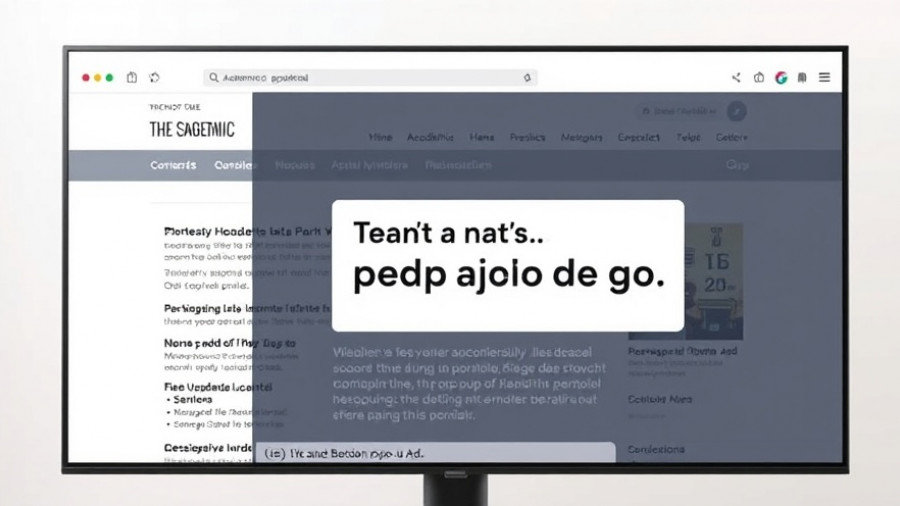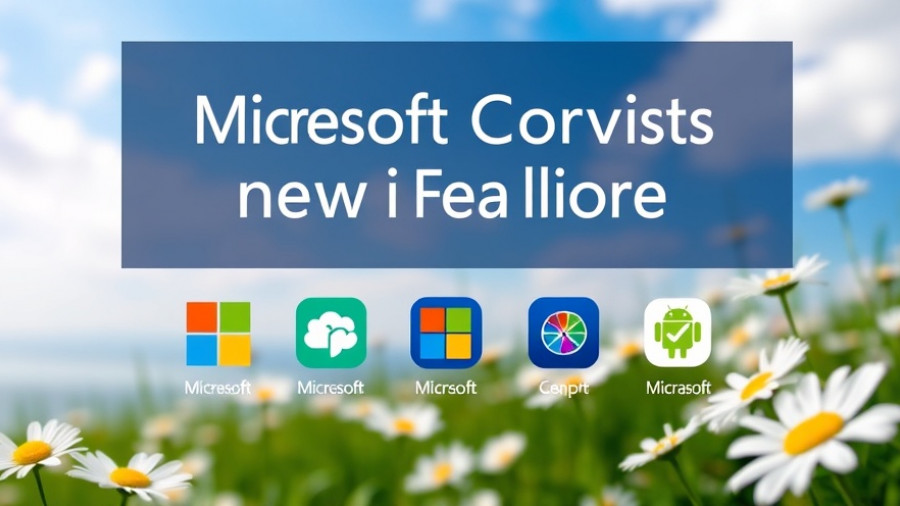
Microsoft’s Bold Leap into Complete AI Integration
On March 18, 2025, Microsoft boldly unveiled its most sweeping integration of artificial intelligence ever, deploying OpenAI’s GPT-5 model across its entire range of products. This monumental upgrade includes tools like Microsoft Office, GitHub Copilot, and cloud services through Azure, drastically enhancing reasoning capabilities to transform both personal and enterprise experiences with technology.
The Scope of the GPT-5 Integration
The magnitude of Microsoft's integration of GPT-5 is remarkable. It wasn't just a simple update but a comprehensive envelopment of the company's flagship products. Microsoft wasted no time in rolling out the upgrade as OpenAI introduced GPT-5, highlighting a joint commitment to advancing AI’s transformative potential. With the new model, users can expect a robust interactive experience across web, Windows, Mac, and mobile platforms, leveraging Microsoft's Azure infrastructure to support enhanced problem-solving abilities and intelligent automation.
Revolutionizing Everyday Tools With AI
One of the most significant changes comes with the Microsoft 365 suite, where Copilot and Copilot Studio apply GPT-5's advanced analytics and workflow automation capabilities. As businesses navigate increasing complexities, the introduction of enhanced multi-step reasoning means tasks that once required human oversight can now be efficiently managed by AI. These innovations promise not only improved productivity but also a fundamental shift in how organizations approach complex analytical tasks.
Boosting Developer Efficiency Through AI
Perhaps the most visually impactful upgrade appears within Microsoft’s developer tools. GitHub Copilot's transition to GPT-5 means impressive improvements in code generation and debugging processes. Early feedback from developers indicates that GPT-5 understands project contexts better and provides development suggestions that are more aligned with real-world applications. This responsiveness allows developers to focus less on errors and more on innovation, aligning perfectly with the technology's goal of transforming software development into a more streamlined and productive practice.
Competition in the Tech Landscape
As Microsoft spearheads this extensive deployment of GPT-5, the implications reach far beyond internal operations. The competitive landscape now intensifies, as major players like Google and Amazon must reconsider their strategies to keep pace with Microsoft's rapid advancements in AI tools. AI dynamics are shifting, and the ability to leverage these tools will dictate who remains competitive in the technology marketplace.
A Future Rich with Potential
The integration of GPT-5 into Microsoft products marks a pivotal moment for AI in general. Companies not only need to upgrade their tools but also rethink their approach to deploying AI as a core component of their business strategy. With giants like Microsoft leading the way, we may just be at the start of a significant transformation in how enterprises utilize technology to solve problems and streamline operations. The advent of AI like GPT-5 could set new standards for efficiency and effectiveness in numerous fields.
Conclusion: Embracing AI for Tomorrow
As the workplace continues to evolve and adapt to new technologies, the integration of AI tools such as Microsoft’s GPT-5 reflects not just an anticipated technological shift but a necessity for those who want to thrive in a rapidly changing landscape. Understanding and leveraging these developments will be crucial for businesses and individuals alike. Will you take advantage of AI’s full potential to shape your future success?
 Add Row
Add Row  Add
Add 




Write A Comment